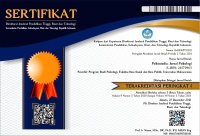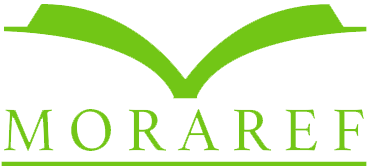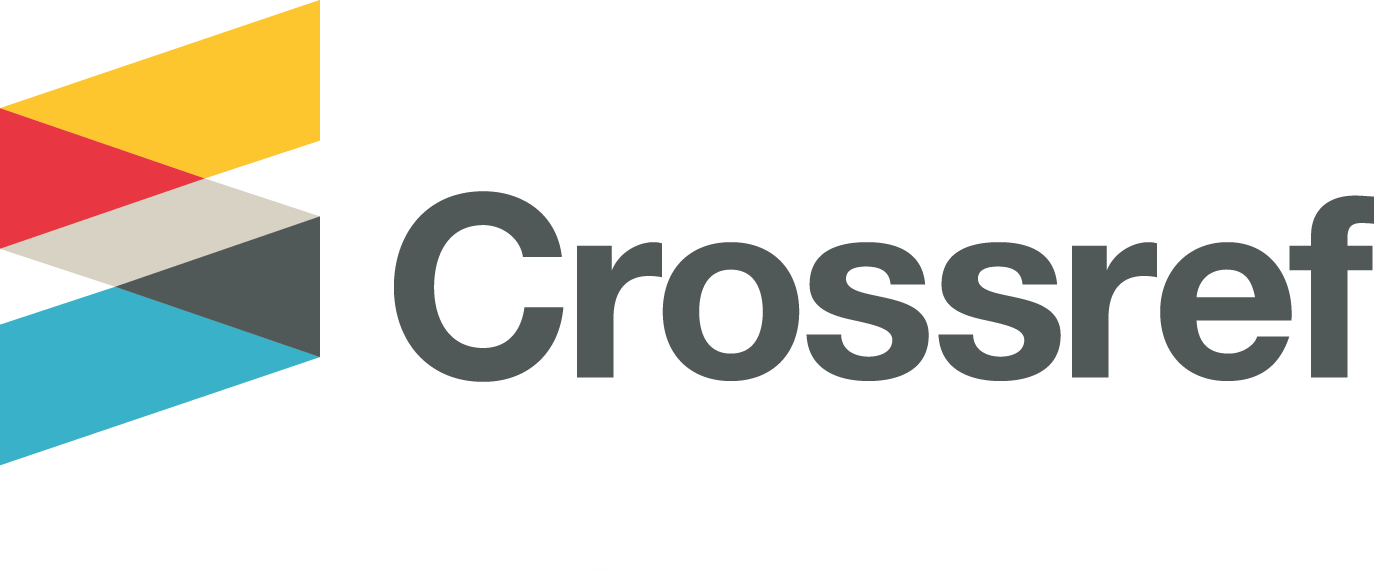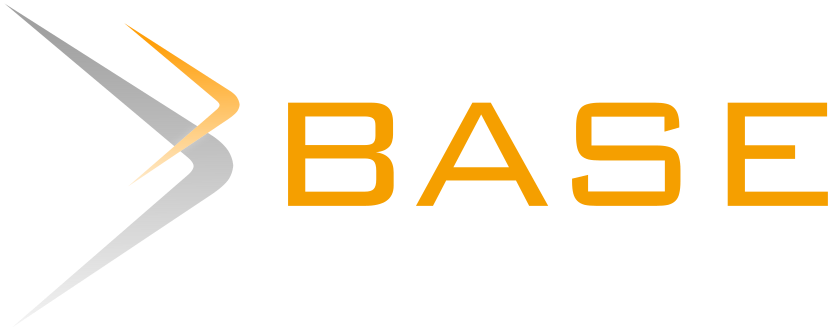'Being a Great Speaker' Training to Improve Student Public Speaking Skills
Abstract
The term “preacher” refers to individuals who serve as religious or belief system speakers. The core of this role is the responsibility to communicate the principles and teachings of faith to the community. To perform this task effectively, speakers must have a comprehensive understanding and comprehension of public speaking, which includes the art of conveying oracles and the broader concepts of communication in public places. In public speaking, understanding oneself, building confidence, and overcoming anxiety are essential skills to master. The training aims to equip students to become skilled and impactful preachers by learning about public speaking, managing anxiety, and developing self-confidence. This study was designed using a quasi-experiment, one-group pretest-posttest design. The participants that accomplished the entire training series were 21 students. The data were analyzed using Wilcoxon Signed Rank Test by SPSS 16 program. The result showed a significance value of 0,000 (< 0.05) for knowledge and 0.001 (<0.05) for skills. The significance value of 0.001 indicated differences in knowledge and skills of public speaking before and after the training. Public speaking training performed periodically can be a good alternative to help students develop public communication skills.
Istilah “pengkotbah” mengacu pada individu yang berfungsi sebagai pembicara dalam sistem agama atau kepercayaan. Inti dari peran ini adalah tanggung jawab untuk mengkomunikasikan prinsip dan ajaram iman kepada umat/jemaat. Untuk memenuhi tugas ini secara efektif, pengkotbah harus memiliki pemahaman dan keterampulan komprehensif mengenai public speaking, yang mencakup seni menyampaikan kotbah dan konsep komunikasi yang lebih luas di tempat umum. Dalam public speaking, pemahaman akan diri sendiri, membangun rasa percaya diri dan mengatasi cemas juga merupakan aspek yang penting untuk dikuasai. Pelatihan ini dilakukan untuk melatih mahasiswa menjadi pembicara yang baik dan efektif, melalui pembekalan terkait public speaking, kecemasan dan kepercayaan diri. Desain penelitian ini adalah kuasi eksperimen melalui one group pretest-posttest design. Subjek penelitian yang mengikuti keseluruhan rangkaian pelatihan ini adalah sebanyak 21 mahasiswa. Analisis data dilakukan dengan menggunakan Wilcoxon Signed Rank Test melalui program SPSS 16. Hasil uji beda menunjukkan signifikansi sig. 0.000 (< 0.05) untuk pemahaman dan sig. 0.001 (<0.05) untuk keterampilan. Hal ini menunjukkan bahwa ada perbedaan tingkat pemahaman dan keterampilan public speaking setelah dilakukan pelatihan. Maka pelatihan public speaking yang dilakukan secara berkala dapat menjadi alternatif baik untuk membantu mahasiswa dalam mengembangkan kemampuan komunikasi di depan umum.
Keywords
Full Text:
FULL TEXTReferences
Amelia, D., Afrianto, A., Samanik, S., Suprayogi, S., Pranoto, B. E., & Gulo, I. (2022). Improving publlic speaking ability through speech. Journal of Social Sciences and Technology for Community Service (JSSTCS), 3(2), 322. https://doi.org/10.33365/jsstcs.v3i2.2231
Bilgin, R. (2022). A review of public speaking and its components. Canadian Journal of Educational and Social Studies, 2(3), 37–49. https://doi.org/10.53103/cjess.v2i3.39
Bradbury, N. A. (2016). Attention span during lectures: 8 seconds, 10 minutes, or more? Advances in Physiology Education, 40(4), 509–513. https://doi.org/10.1152/advan.00109.2016
Brod, G. (2021). Toward an understanding of when prior knowledge helps or hinders learning. Npj Science of Learning, 6(1), 2–4. https://doi.org/10.1038/s41539-021-00103-w
Cicekci, M. A., & Sadik, F. (2019). Teachers’ and students’ opinions about students’ attention problems during the lesson. Journal of Education and Learning, 8(6), 15. https://doi.org/10.5539/jel.v8n6p15
Dhema, A. M. (2023). Konsep diri dengan kecenderungan kecemasan berbicara di depan umum pada mahasiswa. Journal of Indonesian Psychological Science, 03(1), 298–309. https://10.0.73.172/jips.v3i1.21072
Diaz, K. V. L. T. (2017). Prior knowledge: Its role in learning. Unpublished Essays, July, 8–10. https://doi.org/10.13140/rg.2.2.26816.69125
Dong, A., Jong, M. S. Y., & King, R. B. (2020). How does prior knowledge influence learning engagement? The mediating roles of cognitive load and help-seeking. Frontiers in Psychology, 11(October), 1–10. https://doi.org/10.3389/fpsyg.2020.591203
Gallego, A., McHugh, L., Penttonen, M., & Lappalainen, R. (2022). Measuring public speaking anxiety: self-report, behavioral, and physiological. Behavior Modification, 46(4), 782–798. https://doi.org/10.1177/0145445521994308
Geofrey, M. (2021). Children’s prior knowledge is very important in teaching and learning in this era of constructivism. Research Gate. https://doi.org/10.13140/RG.2.2.28470.22083
Hagemeister, M., & Rodríguez-Castellanos, A. (2019). Knowledge acquisition, training, and the firm’s performance: A theoretical model of the role of knowledge integration and knowledge options. European Research on Management and Business Economics, 25(2), 48–53. https://doi.org/10.1016/j.iedeen.2019.02.003
Hamilton, C., Kroll, T. L., & Creel, B. R. (2023). Communicating for success (3rd ed.). Routledge.
Lestari, B. S., Parung, J., & Sinambela, F. C. (2021). Public speaking anxiety reviewed from self-efficacy and audience response on students: systematic review. Proceedings of the International Conference on Psychological Studies (ICPSYCHE 2020), 530(Icpsyche 2020), 75–81. https://doi.org/10.2991/assehr.k.210423.011
Melawati, R., & Nirwanto, R. (2021). The relationship between public speaking anxiety and achievement. Proceedings …, 4432(November), 116–127. https://e-proceedings.iain-palangkaraya.ac.id/index.php/INACELT/article/view/710%0Ahttps://e-proceedings.iain-palangkaraya.ac.id/index.php/INACELT/article/viewFile/710/722
Nadia, H., & Yansyah, Y. (2018). The effect of public speaking training on students’ speaking anxiety and skill. Proceedings of the 65th TEFLIN International Conference, 65(1), 227–232. https://ojs.unm.ac.id/teflin65/article/download/6276/3615
Nadiah, Arina, & Ikhrom. (2019). The students’ self-confidence in public speaking. ELITE Journal, 1(1), 1–11. https://www.elitejournal.org/index.php/ELITE
Nuridzdzati, R. Y., & Akhiriyah, S. (2023). Exploring students’ speaking anxiety: A case of high achiever students. Journal of English Languange Teaching & Literature (JELITA), 4(2), 160–175.
Nurmalasari, Tahir, M., & Korompot, C. A. (2023). The impact of public speaking on student’s speaking ability. International Journal of Business, English, and Communication (IJoBEC), 1(2), 53–57.
Paradewari, D. S. (2017). Investigating students’ self-efficacy of public speaking. International Journal of Education and Research, 5(10), 97–108. www.ijern.com
Rahman Hz, B. I. (2022). An exploration on students’ public speaking anxiety: STIFIn perspective. LLT Journal: A Journal on Language and Language Teaching, 25(1), 149–159. https://doi.org/10.24071/llt.v25i1.4502
Raja, F. (2017). Anxiety level in students of public speaking: Causes and remedies. Journal of Education and Educational Development, 3(2), 222–249.
Rothlisberger, H. (2014). Homiletika ilmu berkotbah. PT. BPK Gunung Mulia.
Sibatuara, U. D. (2022). The effectiveness of public speaking training in improving youths and adolescences’ self-confidence at GPDI Bethlehem, Sungai Rengas. BLESS, 2(2), 92–99. https://journal.widyadharma.ac.id/index.php/bless/article/view/1038%0Ahttps://journal.widyadharma.ac.id/index.php/bless/article/download/1038/1120
Siregar, R. K. (2019). Students’ anxiety on their public speaking. English Education: English Journal for Teaching and Learning, 7(01), 69. https://doi.org/10.24952/ee.v7i01.1654
Sugiyono. (2004). Statistika untuk penelitian. Alfabeta.
Talalu, T. R. (2022). Kendala public speaking dan solusi kecemasan komunikasi pada mahasiswa. Jurnal Dinamika Penelitian: Media Komunikasi Sosial Keagamaan, 22(2), 263–282.
Triyanto, E., Anitah, S., & Suryani, N. (2013). Peran kepemimpinan kepala sekolah dalam pemanfaatan media pembelajaran sebagai upaya peningkatan kualitas proses pembelajaran. Jurnal Teknologi Pendidikan, 1(2), 226–238.
Valenzano, J. M., & Braden, S. W. (2015). The speaker: The tradition and practice of public speaking. Communication Faculty Publications, 1–27. https://ecommons.udayton.edu/cmm_fac_pub/16
Wahyuni, S. (2013). Hubungan antara kepercayaan diri dengan kecemasan berbicara di depan umum pada mahasiswa psikologi. Psikoborneo, 1(4), 220–227.
Zainal, A. G. (2022). Public speaking cerdas saat berbicara di depan umum. In Eureka Media Aksara.
Zulhermindra, Z., & Hadiarni, H. (2020). Improving students’ public speaking skills through the use of videotaped feedback. Ta’dib, 23(1), 75–86. https://doi.org/10.31958/jt.v23i1.2008
DOI: http://dx.doi.org/10.30872/psikostudia.v12i3.11778
Refbacks
- There are currently no refbacks.
Copyright (c) 2023 Psikostudia : Jurnal Psikologi

This work is licensed under a Creative Commons Attribution-ShareAlike 4.0 International License.
Psikostudia: Jurnal Psikologi is indexed by :
PSIKOSTUDIA: Jurnal Psikologi Published by Faculty of Social and Political Siences, University of Mulawarman, Samarinda, East Kalimantan and This work is licensed under a Creative Commons Attribution-ShareAlike 4.0 International License.
_________________________________________
PSIKOSTUDIA: Jurnal Psikologi
Department of Psychology
Faculty of Social and Political Siences, University of Mulawarman
Jl. Muara Muntai Kampus Gn. Kelua Samarinda 75411
Phone: +62 813 35350368
E-Mail: psikostudia@fisip.unmul.ac.id




















